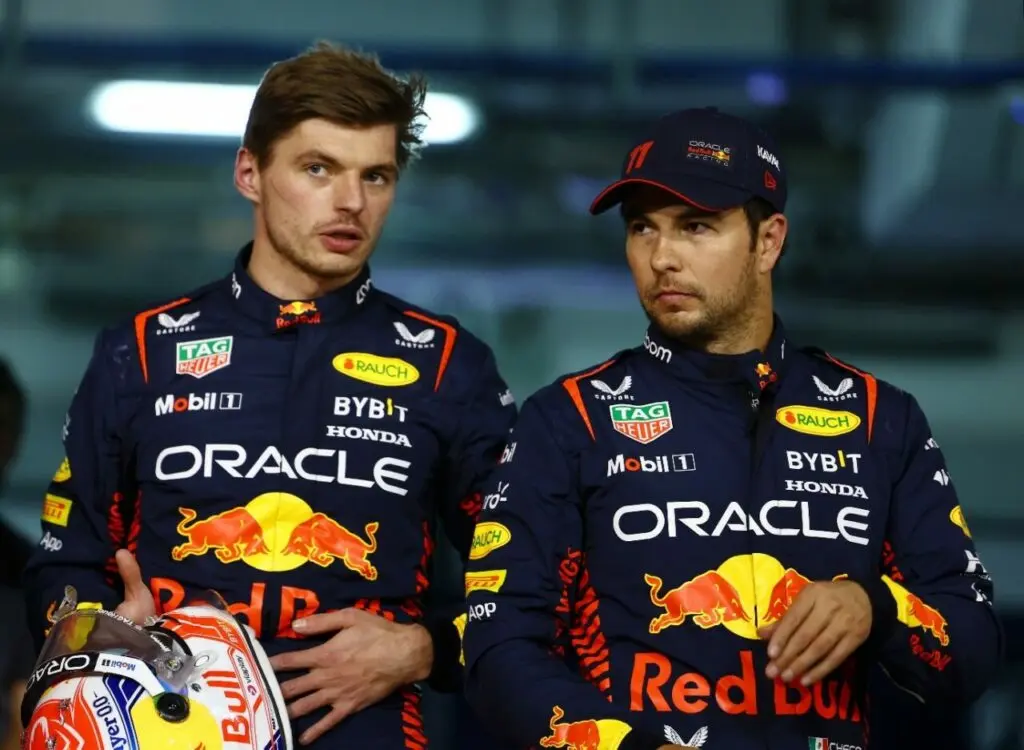Racing is an exhilarating sport, but it’s also one that comes with significant risks. This is where racing suits come into play. In this blog, we’ll explore the critical role that racing suits play in ensuring the safety of drivers on the track.
What Are Racing Suits Made Of?
Racing suits are traditionally made from Nomex material, which are known for their fire-resistant properties. These materials are essential for protecting drivers from high temperatures and flames during a crash.
Nomex, an inherently flame-resistant material, doesn’t melt or drip when exposed to extreme heat. This characteristic makes it an excellent choice for racing suits, as it minimizes the risk of severe burns in case of a fire guide to racing suits.
Modern racing suits also feature multiple layers of these high-tech materials. The outer layer is usually designed to protect against direct flame, while the inner layers provide insulation and help maintain the driver’s body temperature.
The durability of these materials ensures that racing suits can withstand the rigors of high-speed racing. This means they can endure not just fire but also the physical stress and friction involved in motorsport.
How Do Racing Suits Provide Fire Protection?
Fire protection is one of the primary functions of a racing suit. The materials used in these suits are designed to withstand intense heat and provide a barrier between the driver’s skin and potential flames.
When a fire occurs, the layers of a racing suit work together to protect the driver. The outer layer resists ignition and repels flames, while the inner layers insulate against heat, giving the driver precious seconds to escape racing suit.
The effectiveness of a racing suit in providing fire protection is measured by its Thermal Protective Performance (TPP) rating. Higher TPP ratings indicate better protection, allowing drivers to endure higher temperatures for longer periods without sustaining burns.
Proper fit and maintenance are crucial to a racing suit’s fire protection capabilities. A well-fitting suit ensures that there are no gaps for flames to reach the skin, while regular maintenance keeps the suit’s fire-resistant properties intact.
To ensure the highest level of protection, it’s vital to invest in a racing suit that meets the required certifications from organizations such as the SFI Foundation or the FIA. These certifications guarantee that the suit has undergone rigorous testing for fire resistance.
What Other Safety Features Do Racing Suits Offer?
Beyond fire protection, racing suits offer additional safety features such as padding for impact resistance, tear-resistant fabrics, and cooling systems to help manage the driver’s body temperature.
Many high-quality racing suits include padding in key areas like the shoulders, elbows, and knees. This padding helps absorb the impact during a crash, reducing the risk of injury to the driver.
Cooling systems, such as ventilation panels and moisture-wicking linings, play a vital role in managing the driver’s body temperature. These features help keep the driver cool and comfortable, enabling them to focus on their performance instead of heat stress.
To explore a wide range of feature-packed racing suits, take a look at our collection of suit, gloves, and boots tailored for the needs of avid racers.
How Do Racing Suits Enhance Driver Performance?
Racing suits are also designed to be ergonomic and enhance the driver’s performance. The suits are lightweight, aerodynamic, and allow for full range of motion, ensuring that the driver can move freely and comfortably.
An ergonomic racing suit significantly reduces driver fatigue, allowing for better focus and control during races. Lightweight materials reduce the suit’s overall weight, contributing to quicker movements and reactions.
Aerodynamic design is another crucial aspect. Streamlined suits minimize air resistance, improving the driver’s efficiency and speed on the track. Less drag means that every move the driver makes is more effective.
Stretch panels and floating arm systems are common features that enhance flexibility and comfort. These design elements ensure that the suit moves with the driver, reducing restrictions and allowing for natural movements.
In addition to performance benefits, these ergonomic features also contribute to safety. A comfortable driver is less likely to be distracted by discomfort, allowing them to maintain their focus on the race.
To learn more about the performance-enhancing features of our products, visit our products page for a comprehensive selection.
Why Invest in a Quality Racing Suit?
Investing in a high-quality racing suit is crucial for any driver. A well-made suit not only complies with safety regulations but also provides peace of mind, knowing that it offers the best possible protection in various racing conditions.
Quality racing suits undergo rigorous testing to meet industry standards. These tests ensure that the suit provides maximum protection in the event of a crash, fire, or other on-track incidents.
While quality suits may come with a higher price tag, their superior materials, construction, and additional safety features justify the investment. In the long run, a quality suit can last longer and offer better protection than cheaper alternatives.
An investment in a quality suit is also an investment in your performance. Ergonomically designed suits can enhance your comfort and flexibility, allowing you to focus entirely on racing without being hindered by your gear.
Choosing the right suit can make a significant difference, as evidenced by our racing suit buyer’s guide. This guide provides valuable insights into different options, helping you make an informed decision.
For a wide range of top-notch racing suits that prioritize safety without compromising on style, visit our suit, gloves, and boots collection.
The Essential Role of Racing Suits in Driver Safety
Racing suits are more than a stylish outfit for drivers; they are a vital piece of safety equipment. From protection against fire to improved aerodynamics, racing suits play a pivotal role in keeping drivers safe on the track. Investing in a quality racing suit not only enhances performance but also ensures that drivers are well-protected in the event of an accident.

